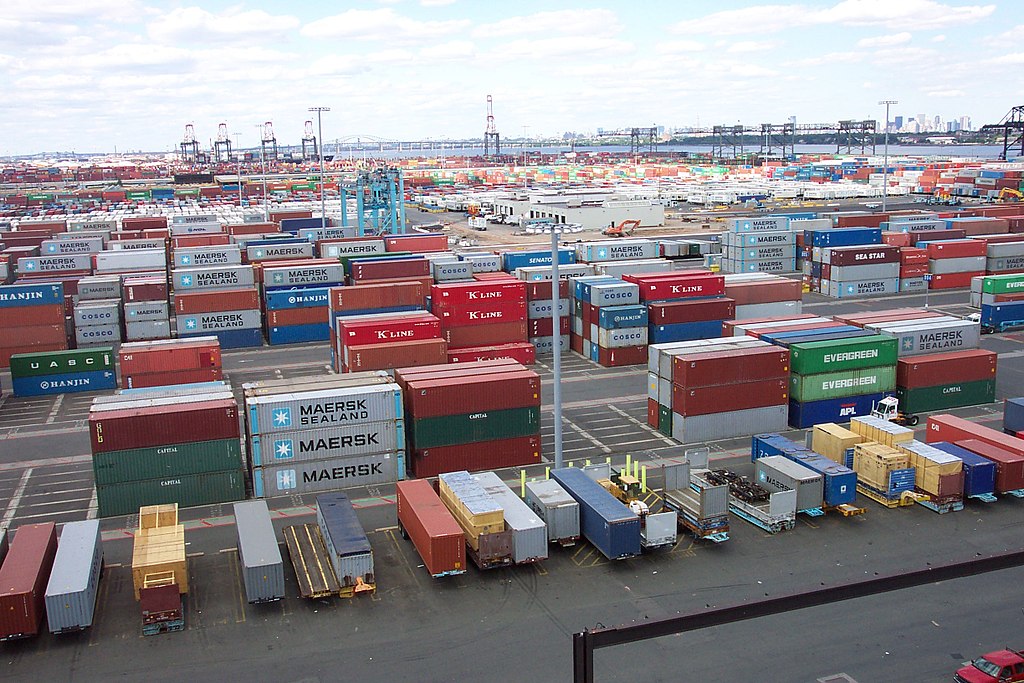With the safeguarding duty applied to Chinese and Malaysian solar panels having fallen from 25 to 20% – and due to retreat to 15% in five months’ time – Chinese solar manufacturer Solargiga is already preparing to ramp up its exports.
The Jinzhou-based manufacturer, in first-half figures published to the Hong Kong stock exchange on Friday, emphasized the market opportunities on offer in India thanks to the government’s ambitious solar plans and the lowering of duties.
“Since August 2019 [sic], India’s photovoltaics product security tariff import tariffs will drop from 25% to 20%,” stated the financial update in its market overview section. “Considering the decline in Indian import tariffs and the decline in photovoltaics module costs, India’s photovoltaics installed capacity is expected to maintain rapid growth.”
The safeguarding duty applied to Chinese and Malaysian panels actually regressed in July and is due to fall to 15% from February.
Policy opportunity
Solargiga also stressed the opportunity offered by India’s grand solar ambition, making no mention of attempts to encourage a domestic solar manufacturing industry.
“In the Indian market, according to research data from Cleantechnica, among the 7.8 GW of new generation capacity generated in the first half of 2019, solar energy accounted for 3.5 GW (up 39% year-on-year),” added the Solargiga report. “India’s Ministry of New and Renewable Energy plans to increase 8.5 GW of photovoltaics installed capacity from April 2019 to March 2020, including 1 GW of rooftop photovoltaics installed capacity … The Indian government plans to achieve a total of 175 GW of renewable energy generation by 2022, of which the installed capacity of photovoltaics is 100 GW.”
Indian developers have long opposed the imposition of safeguarding duty, pointing to its potential to delay the roll-out of PV by driving up the costs of solar power. The recent reduction in the duty has already been reflected in the lower electricity price levels offered by developers hoping to secure generation capacity. A 1.2 GW tender held by the Solar Energy Corporation of India in June prompted a lowest bid of Rs2.54/kWh, significantly below the Rs2.70 bids received in procurement rounds immediately before it.
“As the safeguard duty rate declines to 20% from July 2019 it would give developers who participate in auctions post January 2019 the leeway to procure when the rate is lower,” predicted a report by ratings agency Crisil Research at the time.
This content is protected by copyright and may not be reused. If you want to cooperate with us and would like to reuse some of our content, please contact: editors@pv-magazine.com.









By submitting this form you agree to pv magazine using your data for the purposes of publishing your comment.
Your personal data will only be disclosed or otherwise transmitted to third parties for the purposes of spam filtering or if this is necessary for technical maintenance of the website. Any other transfer to third parties will not take place unless this is justified on the basis of applicable data protection regulations or if pv magazine is legally obliged to do so.
You may revoke this consent at any time with effect for the future, in which case your personal data will be deleted immediately. Otherwise, your data will be deleted if pv magazine has processed your request or the purpose of data storage is fulfilled.
Further information on data privacy can be found in our Data Protection Policy.